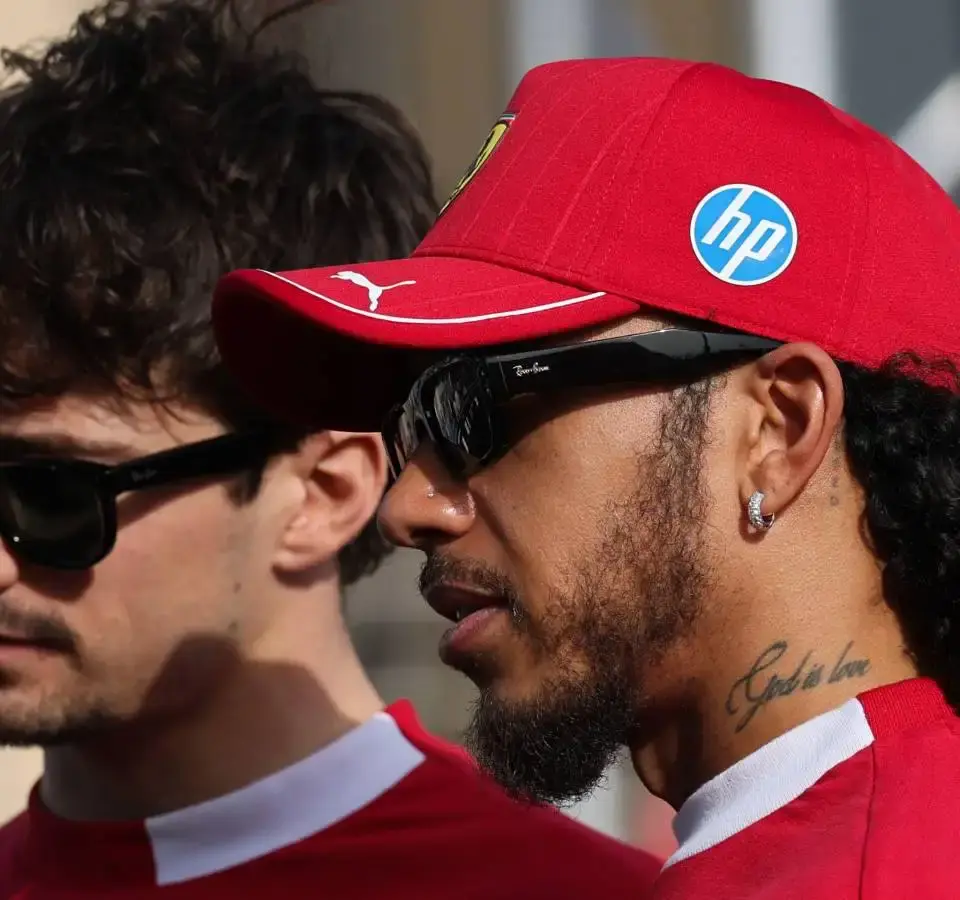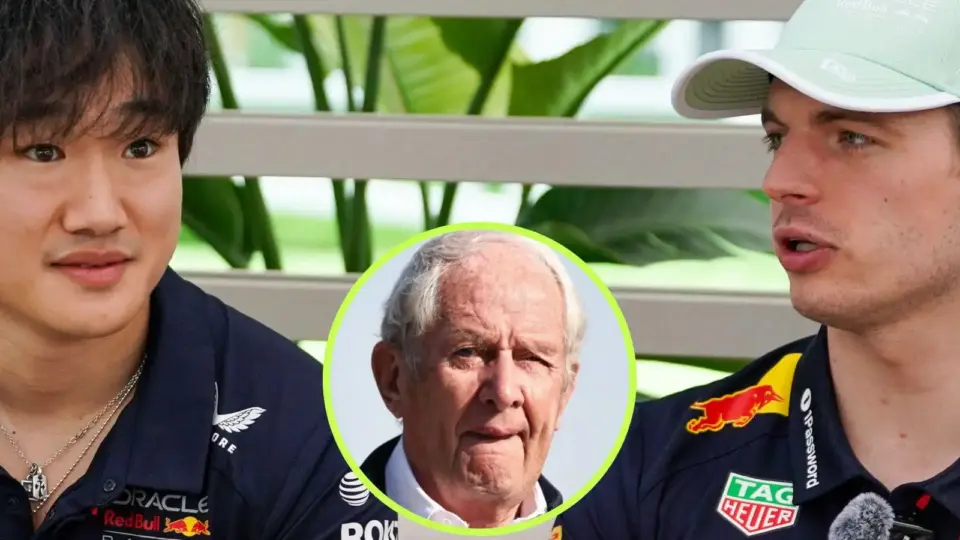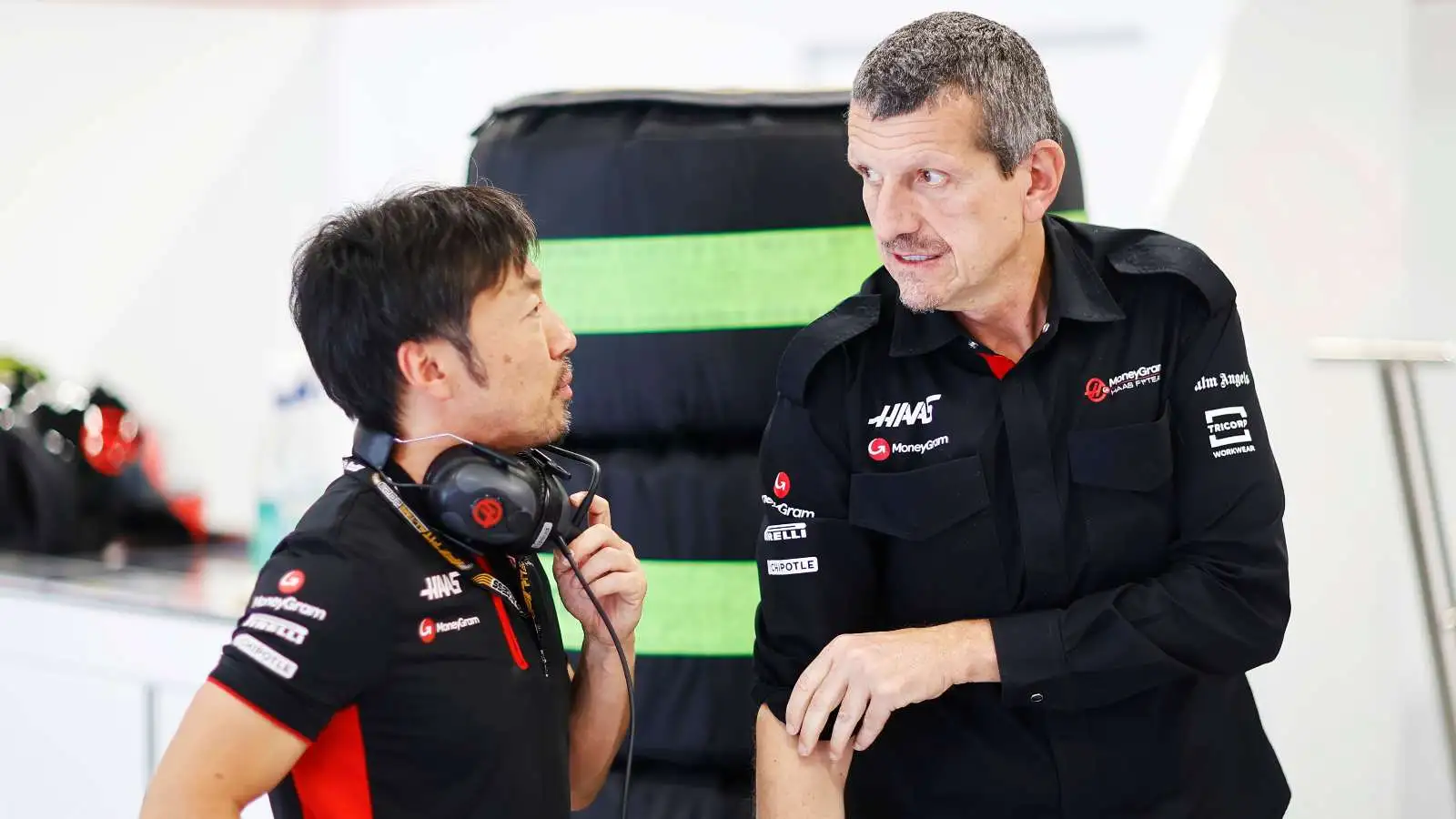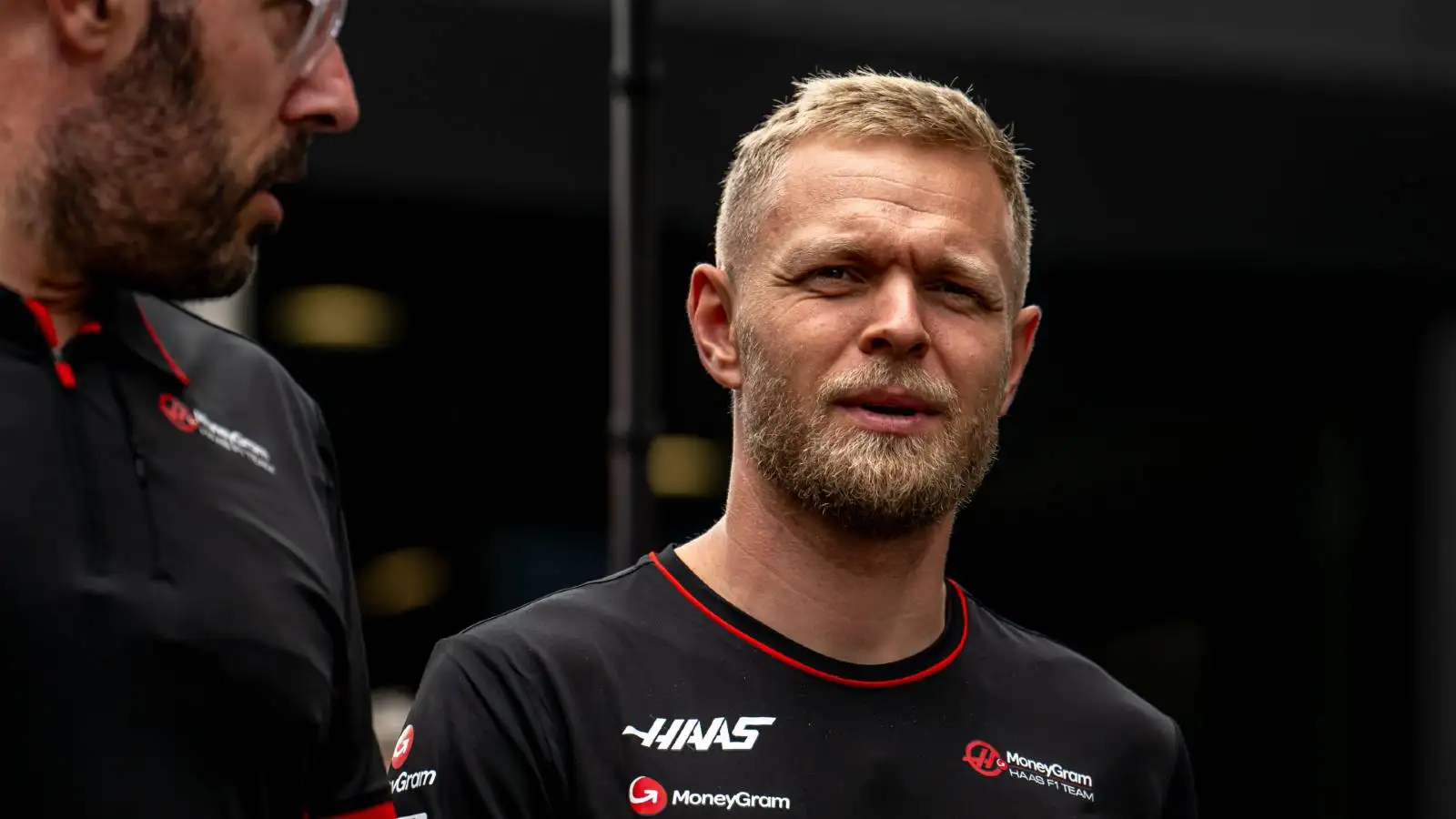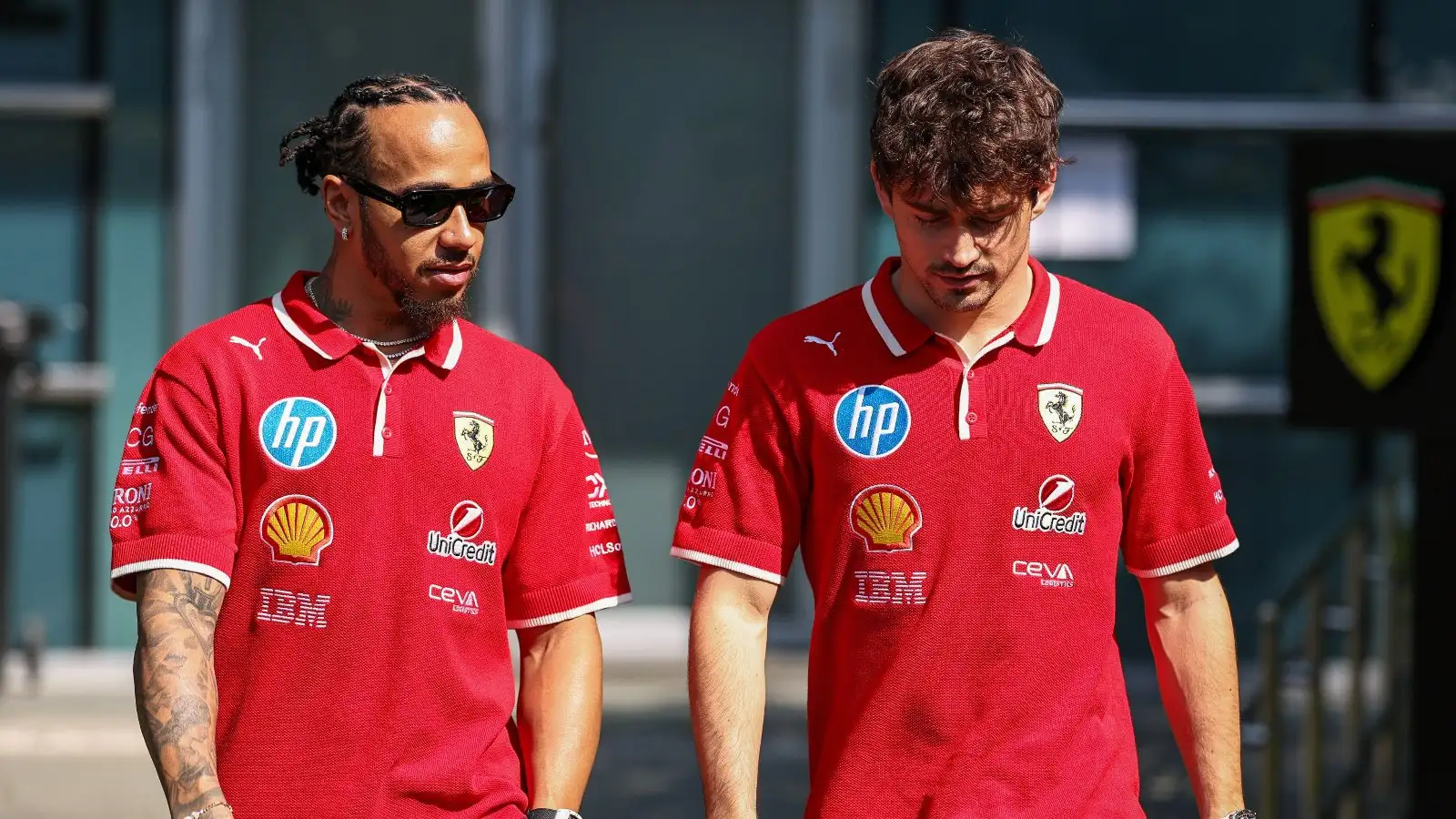In a Miami Grand Prix filled with tension and drama, Ferrari team principal Fred Vasseur found himself playing the role of a mediator as he tackled the frustrations of his drivers, Charles Leclerc and Lewis Hamilton. While the race ended with both drivers securing seventh and eighth place respectively, the unfolding events on the track painted a different story. Tensions were high as both drivers found themselves unable to pass the Mercedes of Kimi Antonelli, highlighting their frustration with the team’s strategy.
During the intense Miami Grand Prix, Ferrari’s drivers, Charles Leclerc and Lewis Hamilton, showcased their dissatisfaction as they found themselves stuck behind a quicker Mercedes, driven by Kimi Antonelli. Despite the competitive race, neither driver could close the gap, even after requests to swap positions were met with deliberate and calculated responses from the team. Hamilton’s frustration was evident when he sarcastically remarked, “have a tea break while you’re at it, come on!” as he awaited team instructions.
Ferrari’s strategy emerged under scrutiny as Fred Vasseur decided to allow Lewis, who was on a softer tire compound, to get ahead of Charles. As per the team’s internal rules, the positions were swapped back later in the race. Vasseur justified this decision by explaining that allowing Lewis to go in front was an attempt to give him a chance to attack Antonelli. Nevertheless, the outcome was not as hoped, with neither driver able to advance past the Mercedes.
Understanding the drivers’ frustration wasn’t lost on Vasseur, who acknowledged the difficulties of such decisions during a race. He empathized with the eagerness and championship spirit of both Hamilton and Leclerc, admitting that decisions must be made quickly based on live data, without the luxury of detailed analysis. “We are racing for Ferrari first,” he stated, standing by his choices while understanding the implications for the drivers’ morale.
Post-race, Vasseur remained steadfast in his belief that the team performed admirably under pressure. While spectators speculated about potential breaches of trust between the team and its drivers, Vasseur was quick to dispel such notions. He emphasized the mutual trust within the team, highlighting the need to act swiftly. His strategy, though contentious, was defended as necessary given the circumstances, trusting the drivers to adapt to the situation.
Ultimately, the unfolding events at Miami revealed the challenging nature of team strategy in high-stakes racing. Under the critical eyes of racing fans and insiders alike, Vasseur’s decisions reflected a balancing act between following team policy and addressing the immediate frustrations of star drivers. The dialogue between managers and drivers during these tense moments underscores the complexities inherent in Formula 1 racing.
In the whirlwind of the Miami Grand Prix, Ferrari’s management found themselves at a crossroads of strategy and driver emotion. While the race might not have yielded the desired results, the experience provided a window into the intricate dynamics of team decision-making under pressure. Fred Vasseur’s navigation through the drivers’ frustrations highlights the delicate balance required to keep a team united and focused on the ultimate goal – racing for Ferrari.
